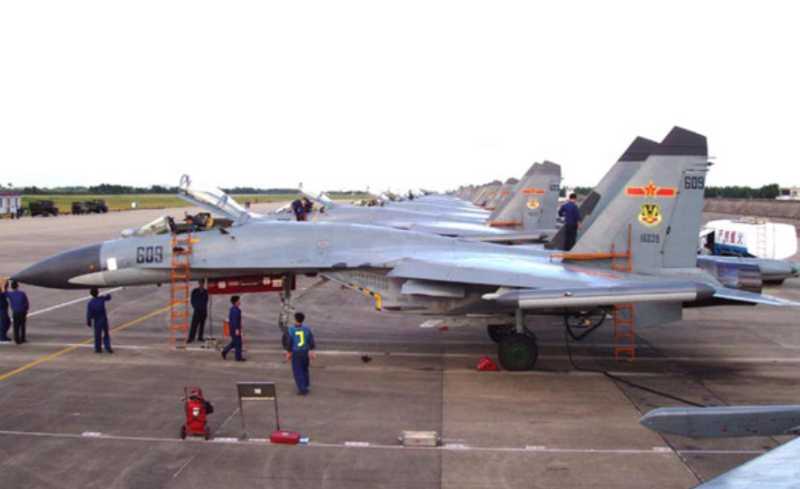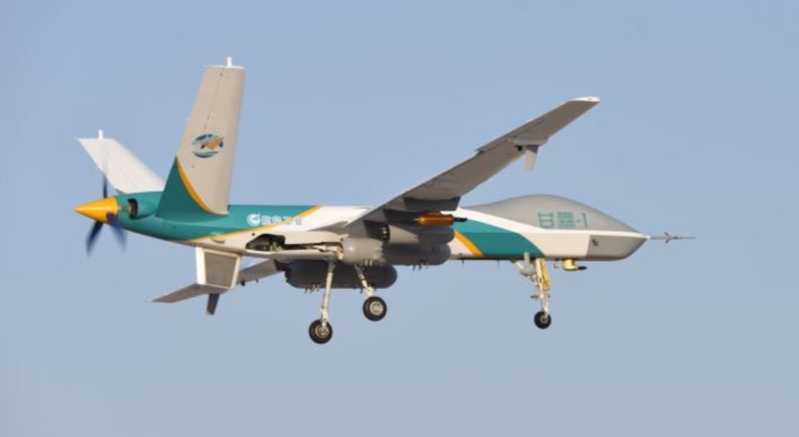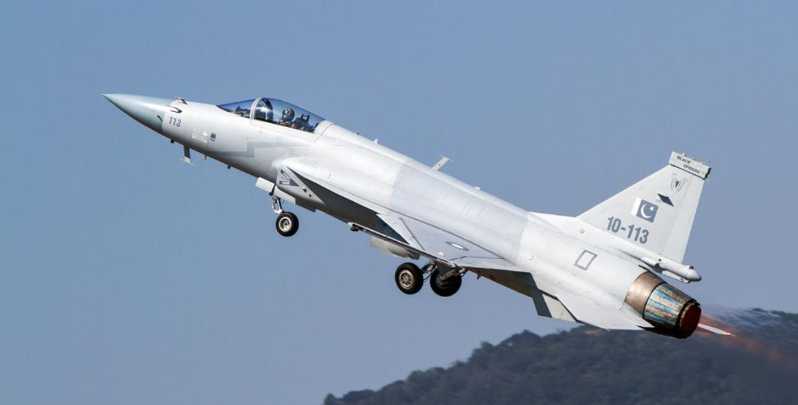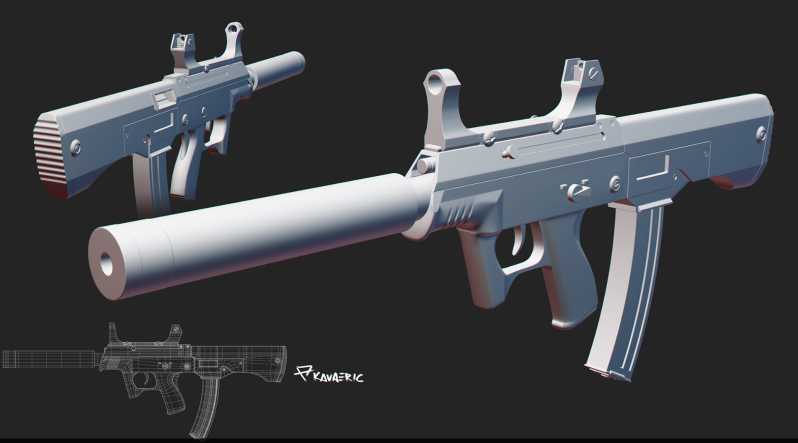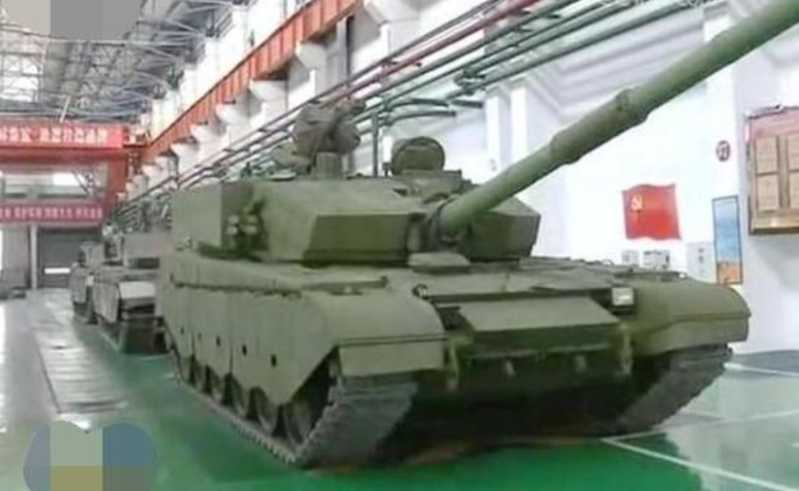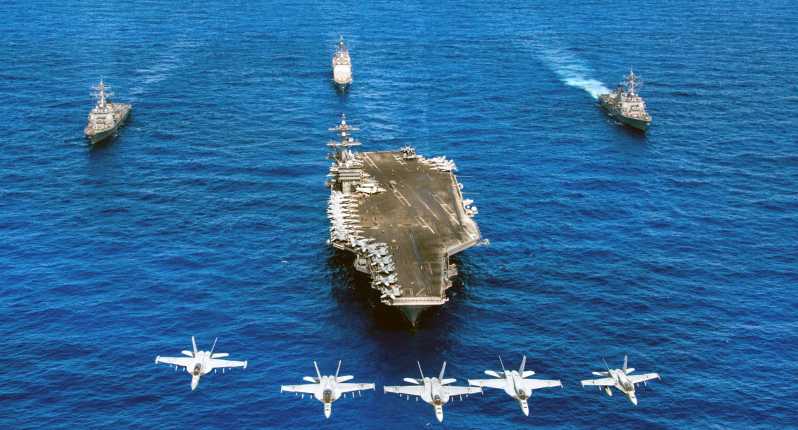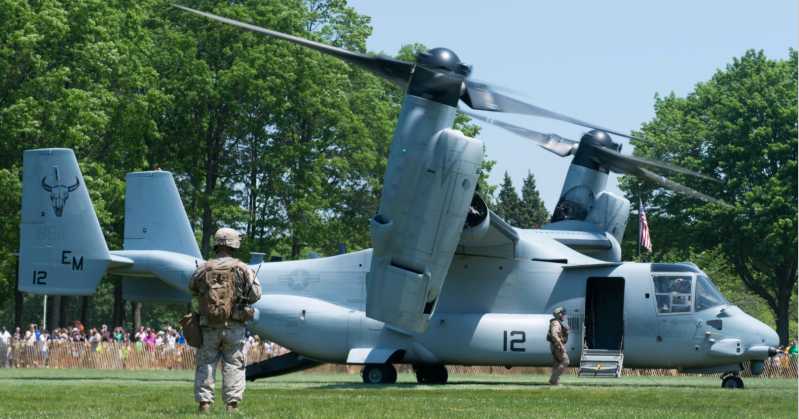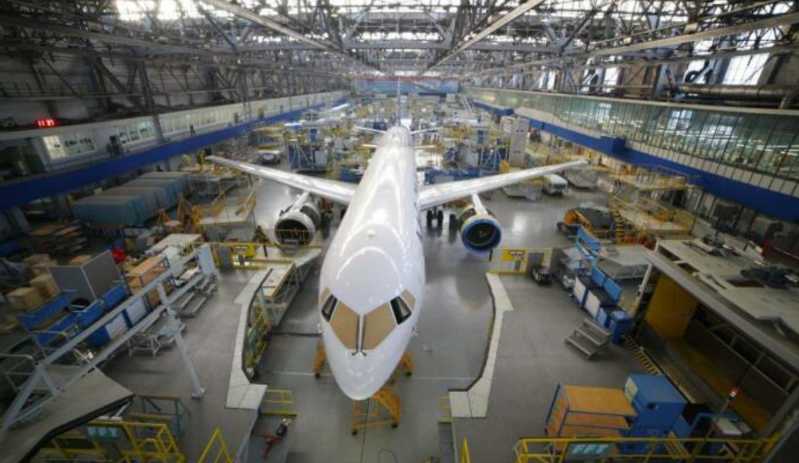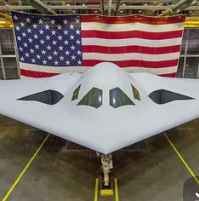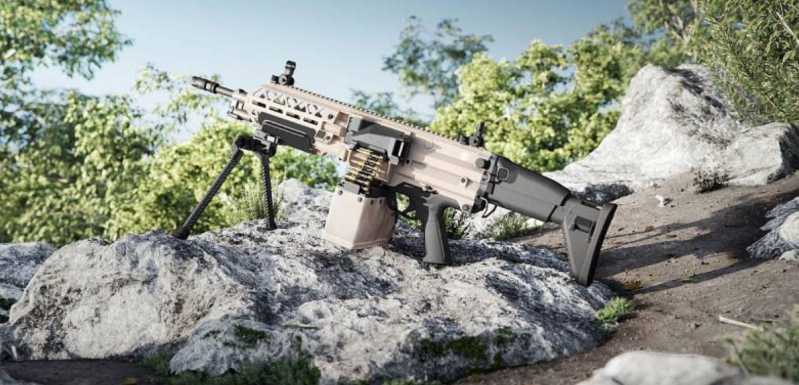Elevators are important support equipment for aircraft carriers. They are key equipment for connecting the flight deck and hangar, cargo hold and compartment, ammunition compartment and compartment, and dispatching carrier-based aircraft, cargo, and ammunition between flight decks. In order to ensure the orderly operation of carrier-based aircraft and materials on aircraft carriers, the continuous innovation of elevator technology has laid the foundation for improving the operation capacity of aircraft carriers and even the development of advanced aircraft carriers.
Aircraft elevators
Inboard elevators In the early days of aircraft carrier design, most of them were light aircraft carriers carrying small carrier-based aircraft. Aircraft elevators were arranged near the centerline of the aircraft carrier’s flight deck, which was called "inboard elevators". Inboard elevators are opened at and near the centerline of the flight deck. They have the advantages of simple and light structure, high safety, and also improve the wave resistance of the hull. However, inboard elevators also have some disadvantages, including: damage to the structural strength of the deck and hull, requiring the use of additional steel to strengthen the hull structure; the size of the elevator is limited by the surrounding hull structure, and the size of the carrier-based aircraft that can be carried is generally smaller than the size of the elevator, which greatly limits the types of carrier-based aircraft that can be carried by the elevator; it occupies the flight deck or hangar deck area, interferes with the take-off and landing, transportation or surface support operations of carrier-based aircraft, and occupies the surrounding space when the carrier-based aircraft is transported. In the event of a malfunction, once the lifting platform does not stay on the plane of the flight deck, a pit will be formed in the middle of the deck, seriously affecting the normal take-off and landing, transportation and surface support operations of carrier-based aircraft, and limiting the efficiency of take-off and recovery operations of carrier-based aircraft.
With the development of science and technology and the improvement of maritime combat needs, modern aircraft carriers tend to be large-scale and highly specialized, and the number of carrier-based aircraft that can be carried is increasing. How to reasonably use the flight deck and hangar deck area is an important issue in aircraft carrier design, which is directly related to the dispatch efficiency of the aircraft carrier aviation support system. The side elevator came into being, which is set on the side of the flight deck and hangar deck.

The advantages of the side elevator include: no large opening is required at the center line of the flight deck and hangar deck, which can ensure the structural strength of the hull; the deck opening of the elevator is fixed on three sides and open on one side. As long as the width and height of the carrier-based aircraft body are not greater than the opening of the hangar side door, it can be carried, which greatly improves the adaptability of the aircraft carrier to carry carrier-based aircraft.
The number, location and platform of the side elevators The number and placement of the elevators are mainly determined according to the type, number and support route of the carrier-based aircraft, with the premise of maximizing the efficiency of the carrier-based aircraft dispatch and recovery. It can not only meet the requirements of aviation dispatch and recovery, but also adapt to the boarding of different carrier-based aircraft, and at the same time ensure the route of the carrier-based aircraft in and out of the hangar during the operation of the ship surface; it is convenient for the carrier-based aircraft to enter the hangar below the deck after landing and recovery, and it is also conducive to the carrier-based aircraft to quickly take position in the catapult take-off position or standby area after leaving the hangar, and minimize the conflict with the support of the carrier-based aircraft. There are generally four side elevators on the flight deck of large American aircraft carriers, one at the tail section of the port angled deck, two in front of the starboard island, and one at the rear. This elevator arrangement originated from the Kitty Hawk-class aircraft carrier, relying on the superiority of the route of carrier-based aircraft in and out of the hangar, has become the standard form in the era of American nuclear-powered aircraft carriers.
The lifting platform of the side elevator affects its ability to transport carrier-based aircraft. The most basic and simplest elevator shape is a rectangle that is close to a square. The early American Forrestal class and the Russian "Kuznetsov" use standard rectangular elevators, which can carry two fixed-wing carrier-based aircraft at the same time, and the transfer weight is about 40 to 60 tons. The side elevators of the US active aircraft carriers add a triangular area on the basis of the rectangle. Although the area of this added area is not large, it is enough to accommodate the main wing of the fixed-wing carrier-based aircraft after folding, which directly increases the effective carrying space of the lifting platform, improves the space cramped situation when the side elevator transports two fixed-wing carrier-based aircraft at the same time, and also makes the carrier-based aircraft more free when entering and exiting the hangar or parking on the side elevator, improving the transfer capacity. For models with longer fuselages, they can be parked along the hypotenuse of the triangle. This oblique way of entering the hangar is easier to turn in the hangar than entering forward. The trapezoidal shape of the elevator on the French "Charles de Gaulle" aircraft carrier is optimized and designed on this basis.
Structure of the side lift The side lift is mainly composed of equipment and parts such as the lifting platform, hydraulic cylinder assembly, movable pulley group, vertical guide wheel and horizontal guide wheel, vertical guide groove, steel cable, hydraulic lock pin, control system, safety protection facilities, etc. The hydraulic mechanism drives the steel cable to pull the fastening point on the lifting platform to achieve the purpose of lifting the platform.
The external structure of the side lift is a cantilever beam. There is an opening on the side of the hangar, and there are 2 vertical guide grooves outside the opening. The two sides of the lift platform are suspended by 4 groups (4 in each group) of steel cables. The hydraulic cylinder assembly is the power source of the side lift system. Through the movable pulley group, guide wheel, steel cable and other mechanical components in the system, the hydraulic energy is converted into mechanical kinetic energy to pull the steel cable to make the platform move up and down. High-pressure hydraulic oil enters the cylinder to make the lifting platform move upward; the lifting platform moves downward under the action of gravity, forcing the hydraulic oil to flow out of the cylinder. At the same time, the flow of hydraulic oil in and out of the cylinder is controlled by the main control valve to control the speed of the platform moving up and down. The lifting platform is the most basic component in the side elevator system. It carries the weight of the carrier-based aircraft, has a high structural strength, and consumes a lot of materials. The structure of the side elevator must not only be able to withstand the deadweight and rated load of the lifting platform, but also withstand external wind loads, wave loads, and dynamic loads generated by the movement of the aircraft carrier and the lifting platform. In the design process of the aircraft carrier, on the premise of meeting the needs of carrier-based aircraft transportation, the lifting platform should be as lightweight as possible, which can reduce its own weight and provide a weight basis for carrying more carrier-based aircraft.
Aviation ammunition elevator
With the improvement of the combat capability of carrier-based aircraft, the advancement of ammunition technology, and the diversification of the use of aircraft carrier formations, the storage capacity of aviation ammunition carried on aircraft carriers is getting larger and larger, and the types are becoming more and more abundant. Aircraft carrier ammunition depots are generally arranged in the cabins at the front and rear ends of the main power engine room below the waterline. Taking the Nimitz class as an example, it has an ammunition reserve of about 3,000 tons and 22 ammunition storage areas below the waterline, which are divided into 35 ammunition depots of different sizes according to the ammunition storage type, concentrated in the bow and mid-ship areas.

How to quickly and efficiently transfer ammunition from the ammunition depot to the flight deck, or transfer the replenished ammunition to the ammunition depot during the sea replenishment and support operations, is an important issue in the design of aircraft carriers. Among them, the ammunition elevator is an important equipment of the aircraft carrier’s aviation ammunition storage and transportation system, responsible for vertical transfer operations, and completes the ammunition transfer task together with aviation ammunition vehicles, aviation ammunition transfer aircraft and other equipment.
The number, location and platform of ammunition elevators Similar to the side elevators, the number and specific location of ammunition elevators are mainly determined by the type and quantity of aviation ammunition and the support route of the ammunition depot, while taking into account the safety of transfer. At present, the opening of the upper ammunition elevator on Nimitz-class aircraft carriers is close to the middle of the ship, near the flight operation area on the deck. The upper ammunition compartment will interfere with the flight deck operations such as the take-off and landing, transfer or deck support of carrier-based aircraft. When the number of carrier-based aircraft sorties increases, it will affect the efficiency of carrier-based aircraft sorties and recovery to a certain extent. On the Ford-class aircraft carrier, the United States has learned from the development experience of the Nimitz-class and arranged the upper ammunition elevator on the side, which greatly reduces the interference with the take-off and landing, transfer or deck support of carrier-based aircraft, and is closer to the temporary ammunition storage area on the flight deck, which improves the transfer efficiency. The Russian "Kuznetsov" adopts a "straight-through" design on the transfer route. If the aircraft carrier is attacked, it is not conducive to the lower ammunition compartment.

For safety reasons, the US aviation ammunition elevator adopts a staggered design, which is divided into lower and upper elevators. The Nimitz-class has 6 lower ammunition elevators and 3 upper ammunition elevators. The six lower elevators are responsible for transporting ammunition to the assembly area on the lower deck of the hangar main deck. This deck is the crew canteen and ammunition assembly area. After the warhead, wings, guidance, fuse and other components of the ammunition are assembled in an assembly line manner, the three upper elevators will transfer the ammunition to the temporary ammunition storage area (bombfarm) on the flight deck to wait for carrier-based aircraft to attach the ammunition. If the lower elevator is connected to the hangar, when a large number of aviation ammunition is out of the warehouse or replenished, it can be transported by aircraft elevators, which to a certain extent also broadens the use function of aircraft elevators. The Ford-class aircraft carrier is equipped with 4 upper and 7 lower ammunition elevators, and the carrying capacity of the elevators is increased, which greatly improves the efficiency of ammunition transportation. The body projection of the aviation ammunition vehicle is approximately rectangular, and the ammunition elevators are mostly square. In terms of space, it can carry 2 to 4 fully loaded ammunition vehicles. In order to quickly go out of the warehouse or enter the warehouse from the assembly cabin, the platform size of the upper ammunition elevator is generally larger than that of the lower elevator.

The structure of the ammunition elevator The structure of the ammunition elevator of the current aircraft carrier is similar to that of the side aircraft elevator. It is also mainly composed of a lifting platform, a hydraulic cylinder assembly, a movable pulley group, a vertical guide wheel and a horizontal guide wheel, a vertical guide groove cable, a hydraulic lock pin, a control system, and safety facilities. The carrying capacity is lower than that of the aircraft elevator. In terms of power source type, in addition to the hydraulic type, there are also electromechanical cable type, mechanical screw type and other types.
Compared with the Nimitz class, the ammunition elevator of the Ford class has a subversive design, changing from hydraulic type to electromagnetic type, and its key component is a permanent magnet synchronous linear motor. The primary permanent magnet array of the elevator motor is arranged on the inner wall of the well, and steel rails are arranged on both sides, realizing the guidance and mechanical braking operation of the elevator platform guide wheel; the secondary permanent magnet array of the elevator linear motor is arranged on the elevator platform, and the electromagnetic force between the primary and secondary can make the guide wheel close to the rail. The rise and fall of the elevator are realized through the linear motor control system, which can generate controllable elevator thrust.
Summary
Aircraft elevators and aviation ammunition elevators are important equipment for aircraft carriers. Their quantity, layout, platform type and structural design have an important relationship with the generation of aircraft carrier combat capabilities and are an important topic in aircraft carrier design. In the future aircraft carrier development process, we need to fully extract combat needs, apply new technologies, continuously optimize the transfer capacity of carrier-based aircraft and aviation ammunition, and further improve the efficiency of aviation support dispatch and recovery.




